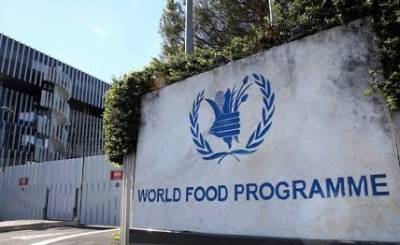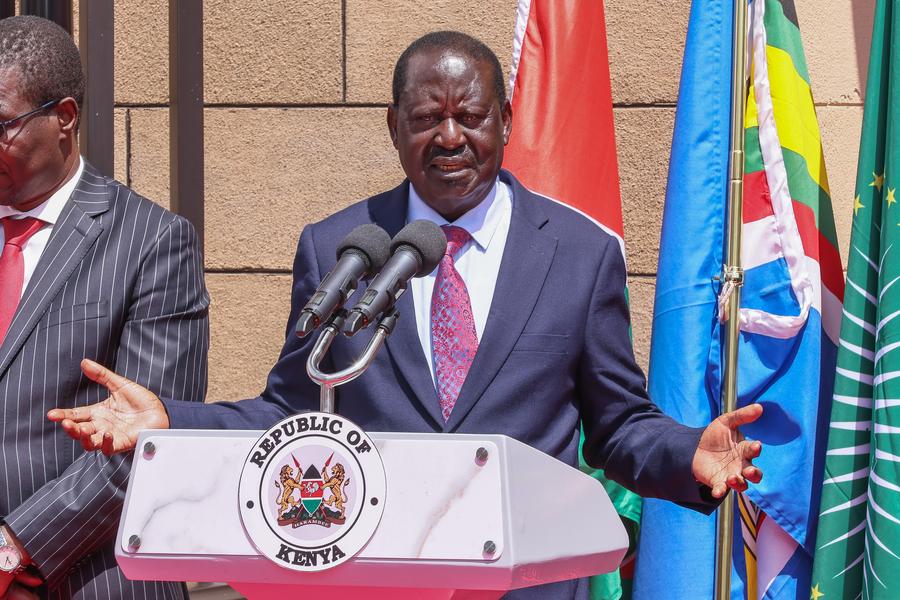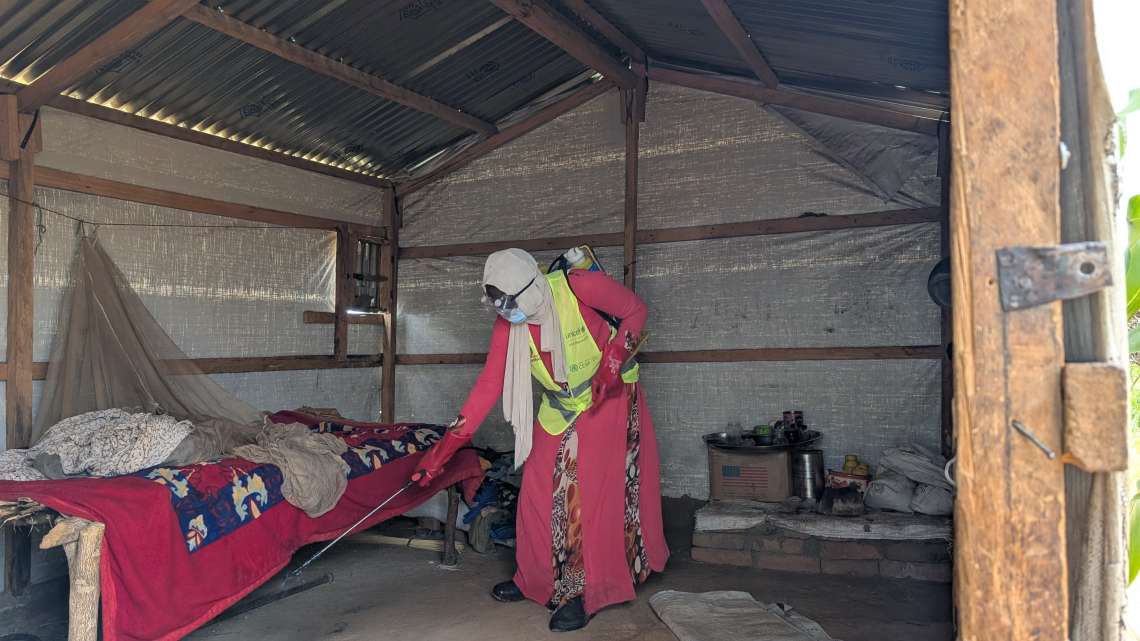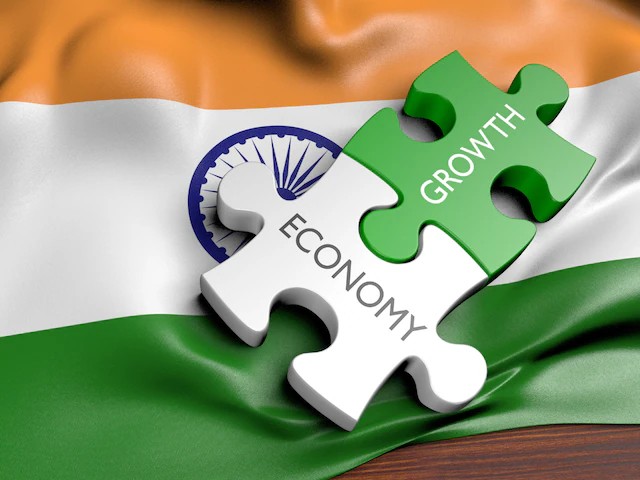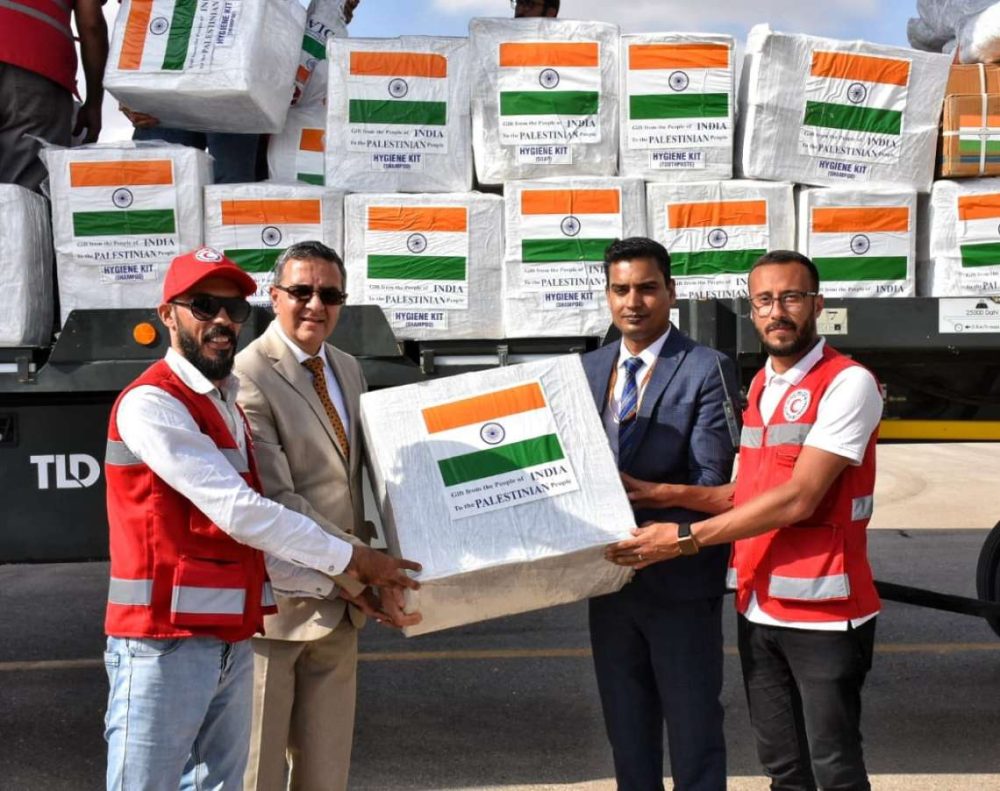The UN agency said time is fast running out for families who are struggling to survive with Somalia facing the risk of famine, half a million Kenyans one step away from catastrophic levels of hunger and malnutrition rates in Ethiopia well above emergency thresholds.
The World Food Programme (WFP) said that it requires $473 million to scale up humanitarian assistance and save lives in Ethiopia, Kenya and Somalia over the next six months.
The WFP said in a statement issued in Nairobi, the capital of Kenya, that greatly needed rains across the eastern Africa region have so far failed to materialise, almost a month into the current rainy season, Xinhua news agency reported.
It warned that if these conditions continue, along with stagnant and even decreasing humanitarian aid, the number of hungry people due to drought could spiral from the currently estimated 14 million to 20 million through 2022.
“We know from past experience that acting early to avert a humanitarian catastrophe is vital, yet our ability to launch the response has been limited due to a lack of funding to date,” said Michael Dunford, WFP’s Regional Director for Eastern Africa.
According to WFP, the situation has been compounded by the fallout of the conflict in Ukraine, with the cost of food and fuel soaring to unprecedented highs. And shipping costs on some routes have doubled since January.
It said drought-affected countries across eastern Africa are likely to be the hardest hit by the impact of the conflict – the cost of a food basket has already risen, particularly in Ethiopia (66 percent) and Somalia (36 percent) which depends heavily on wheat from Black Sea basin countries, and the disruption in imports further threatens food security.
The UN agency said time is fast running out for families who are struggling to survive with Somalia facing the risk of famine, half a million Kenyans one step away from catastrophic levels of hunger and malnutrition rates in Ethiopia well above emergency thresholds.
It said catastrophe was avoided through early action during the 2016/17 drought in the Horn of Africa, adding that humanitarian assistance was scaled up before there was widespread hunger.
ALSO READ: South Africa declares state of national disaster to tackle widespread floods
“In 2022, due to a severe lack of resourcing, there are growing fears that it won’t be possible to prevent the looming disaster, and millions will suffer as a result,” WFP warned.
Inflation in Ethiopia
Ethiopia’s inflation rate rose to 34.7 percent in March, up from 33.6 percent in February, according to the latest data released by Ethiopia’s Central Statistical Agency (CSA).
CSA also disclosed the inflation rate for food items reached 43.4 percent in March, the highest in several years.
“The non-food inflation reached 23.5 percent in March, a slight increase from February when it stood at 22.9 percent,” the CSA said.
The steady increase in the rate of inflation in Ethiopia is happening despite local and federal authorities’ efforts to control inflationary pressures through administrative actions.
The recent administrative actions taken by Ethiopian authorities include the introduction of a temporary price cap for food items as well as a three-month ban on rent increase by landlords.
Curbing the soaring cost of living and stabilizing the food market were among the major issues Ethiopia’s ruling Prosperity Party (PP) discussed during its first congress meeting held last month.


